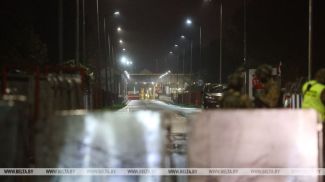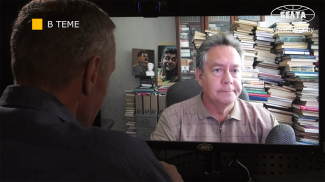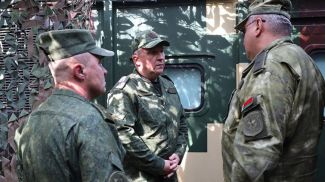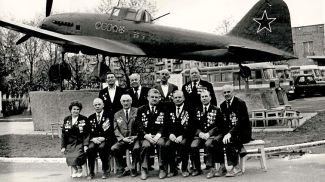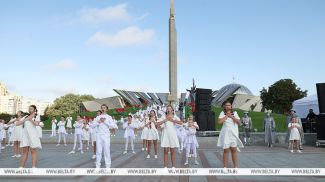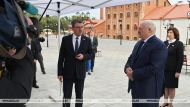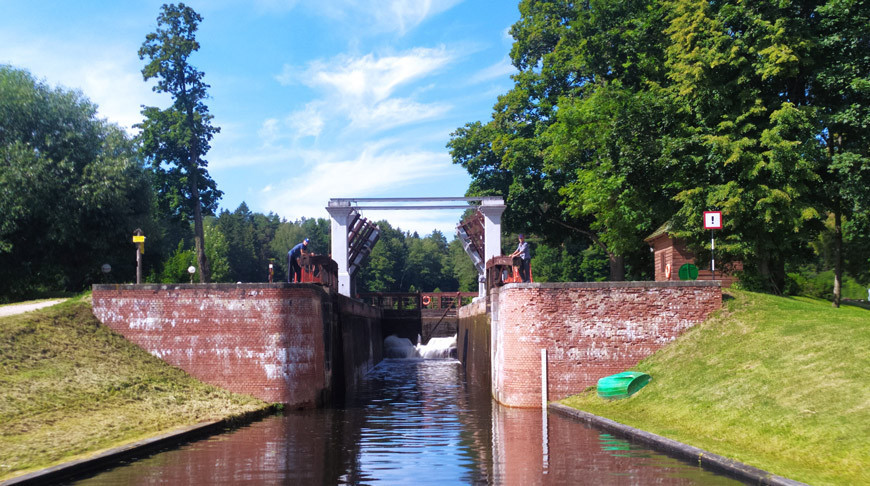
Belarus is dotted with palaces and castles, manor houses and churches. The country has beautiful nature and rich intangible heritage. Let’s go to Grodno Oblast to see both at once.
Sopotskin Pisanka
The first point on our route will be the town of Sopotskin in Grodno District.
Sopotskin was first mentioned in chronicles in the 16th century. During the Great Northern War it was occupied by Swedish troops led by King Charles XII. Later, during World War I, it was taken over by German troops. In the interwar period it was a part of Poland; since 1939 it was a part of the BSSR. During the Great Patriotic War it was occupied by the Germans again.
Sopotskin is a small place. It seems to resemble many others in the country: an Orthodox church and a Roman Catholic church, houses of the early 20th century and a community center. But not everything is so simple. As part of the BSSR, Sopotskin had the status of a district center for 20 years. Today, the Sopotskin Cultural and Tourist Center is the main community hall in the town.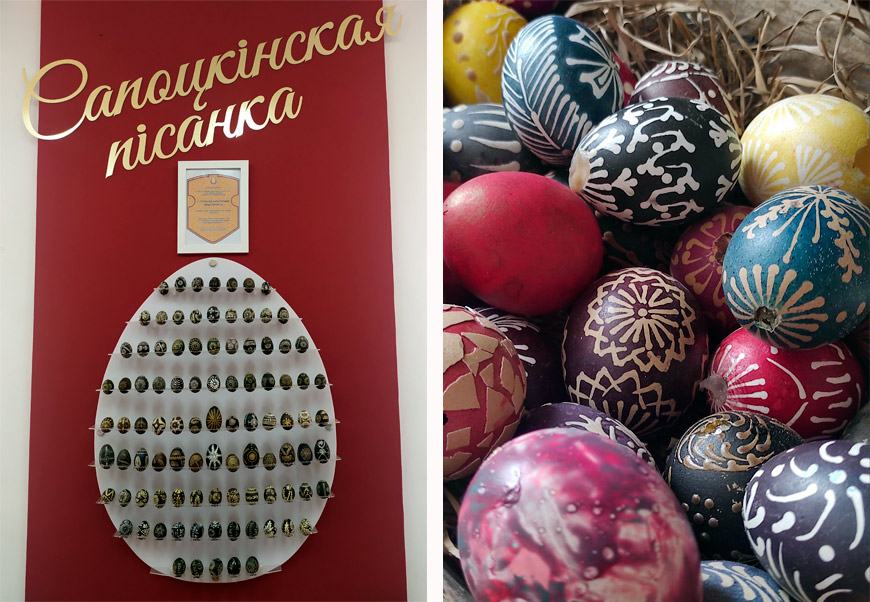
It is in this center that the wonderful Pisanka Museum is located. In 2013, the tradition of painting Easter eggs was included in the State List of Historical and Cultural Values as an element of intangible cultural heritage. The local collection contains more than 1,500 exhibits. Most of them have been made by local craftsmen in traditional techniques, but there are also some unique eggs made of ceramics, crystal, and straw. The museum has ostrich eggs depicting the faces of saints and churches of Grodno District.
The museum offers visitors to make their own pisankas. Hospitality, kindness and love that come from the museum staff give hope that this art will not be forgotten, and Belarusians will spend more time studying the history of their country, traditions and life of their ancestors.
If you don't have time to travel around the region and see the sights, it's okay. The museum houses the mock-ups of famous architectural monuments of Grodno and its surroundings. After the excursion you will learn many things about the history of the region. 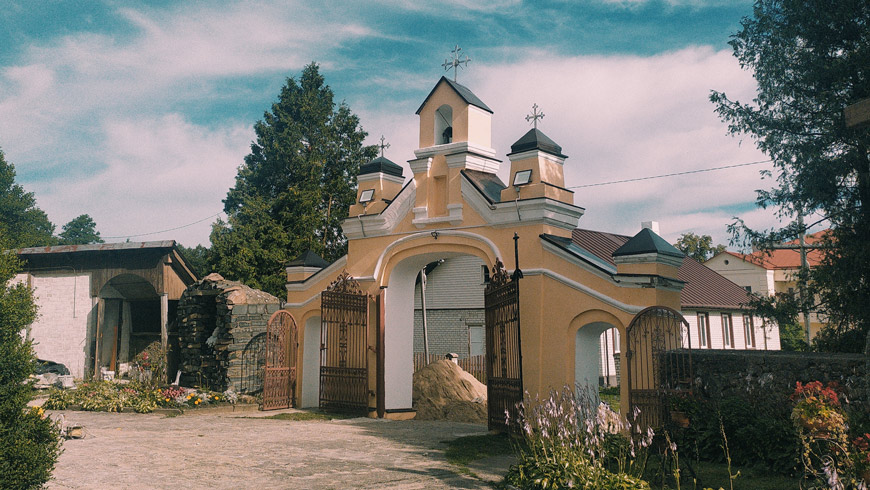 Sopotskin Church
Sopotskin Church
Before continuing your journey take a look at the Church of the Ascension of the Virgin Mary.
It is not clear when the church was built: either early 17th century or late 18th century. It is known that in the late 19th century it was closed and handed over to the Orthodox convent, which operated here until the First World War. During the war, the convent was evacuated and the church was handed back to the Catholics. During World War II the church was badly damaged and was rebuilt soon after the war ended. After the reconstruction in the late 1980s, the church acquired its modern appearance. However, soon it was damaged in a fire, which completely destroyed the main altar, and had to be rebuilt again.
Inside the church you can see memorial plaques of T. Kosciuszko and E. Orzeszko.
It is noteworthy that in 1900 the convent in Sopotskin was visited by John of Kronstadt.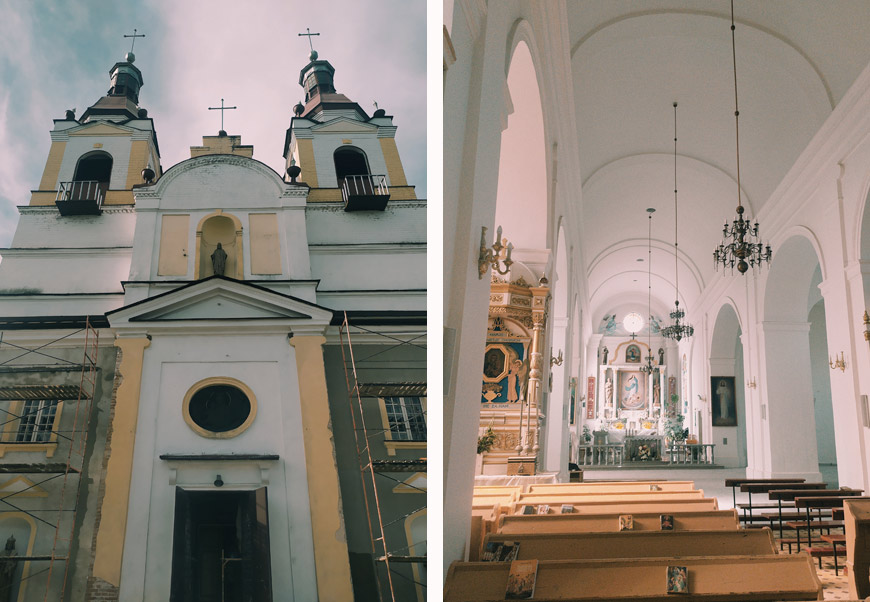 There is also a Jewish cemetery in Sopotskin, known since the 13th century. It is said to be the oldest one in Belarus. Sopotskin was the first in the country to name a street in honor of John Paul II.
There is also a Jewish cemetery in Sopotskin, known since the 13th century. It is said to be the oldest one in Belarus. Sopotskin was the first in the country to name a street in honor of John Paul II.
If you have time, take a look at the Catholic cemetery. There you can see two chapels built in the second half of the 19th century. One of them is the burial place of Julia Dziekonska and the other is the final resting place of Jozef Górski, whose family owned numerous estates in Grodno region.
Gem of the Neman region
The next point on our route is the Augustow Canal.
The idea to build the canal emerged in the second half of the 18th century due to the introduction of high duties on cargo transportation in the Baltic ports. The shipping canal was to connect the Vistula and the Neman, providing a passage from the Black Sea to the Baltic Sea. The initiator was Franciszek Ksawery Drucki-Lubecki, the project was developed by military engineers headed by Ignacy Prądzyński. In 1824, the project was approved by Emperor Alexander I.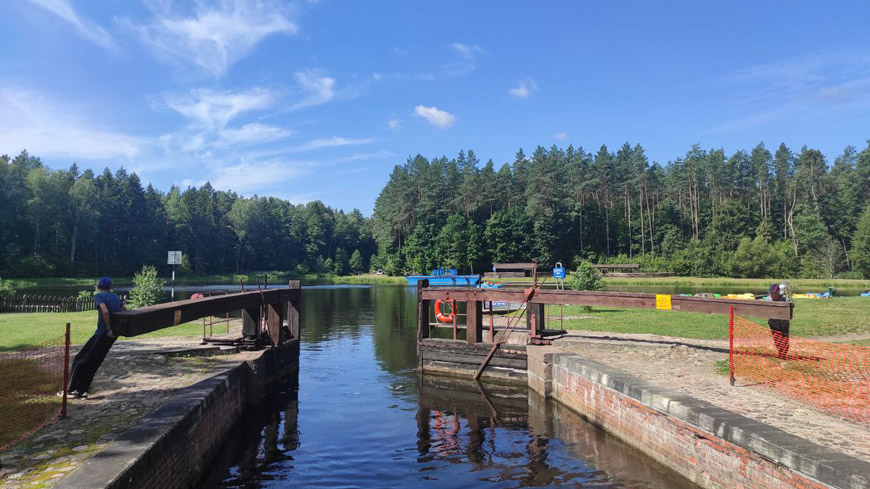
The construction lasted for 15 years and envisaged the building of water dams, locks, chambers, bridges and other objects. The canal did not serve long as an important transportation artery. First, customs duties were settled, and second, a railroad service gained momentum in the second half of the 19th century.
The canal runs through the most beautiful landscapes. In the early 20th century, the first foot excursion took place along its bed. Later an equestrian route was developed.
The First World War caused significant damage to the canal. In the interwar period, the canal became a tourist attraction hosting wheeled steamboats and kayaks. During the Great Patriotic War the hydraulic structures of the canal were severely damaged, and the Chertok lock was completely destroyed.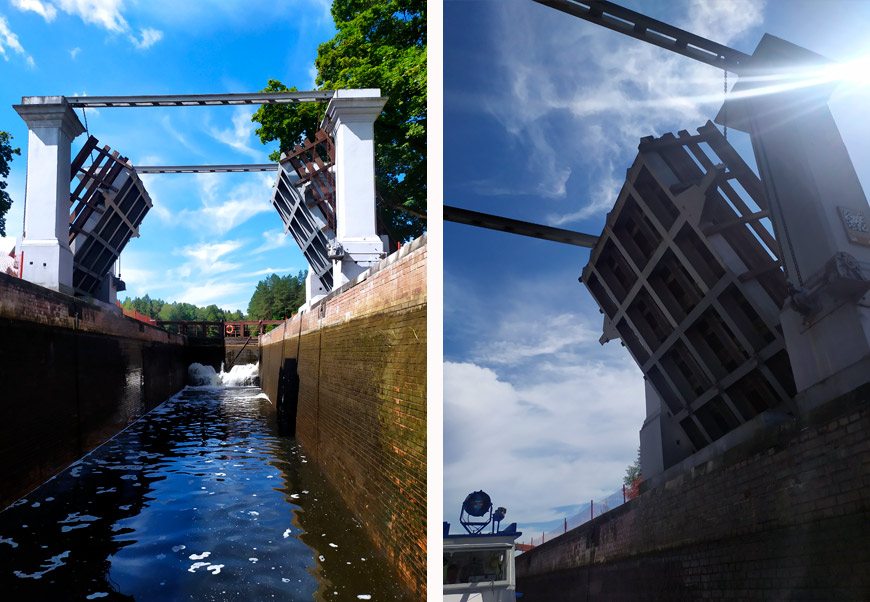
In the early 21st century the Belarusian section of the canal was fully restored, with the channel and hydraulic structures rebuilt. Now there are 5 locks-regulators, 2 dams and 3 navigable locks - Nemnovo, Dombrovka, and Volkushek. The biggest lock - Nemnovo - is four-chambered, 9.6-meter long. Its water drop is higher than a three-storey house.
As before, motorboats run along the canal, including tours going through a lock. You can take a ride on a boat, a catamaran or a kayak. Banks of the canal provide great places to camp and park. Hiking and biking routes are available.
Dombrovka lock
Here you can take a ride on a motorboat and even go through a lock, assisting lock operators. It is a great opportunity to marvel at how the power of nature is used. First you descend and then rise on a motorboat to the height of a one-story house. Here is the place to enjoy the sound of water overboard, and the beauty of nature. You can also drop at the Groundskeeper’s House, join an excursion, walk along the bank, take photos and get a lot of emotions.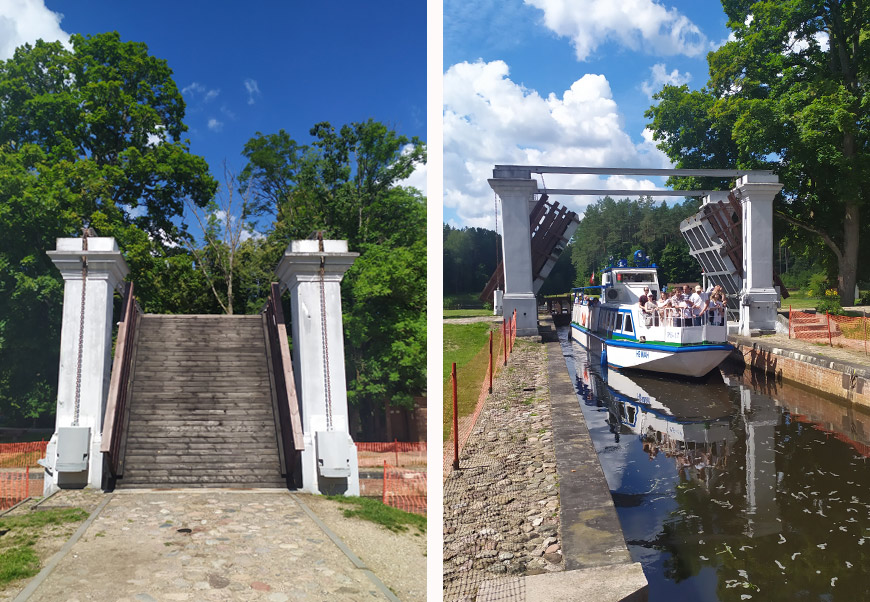 Nemnovo lock
Nemnovo lock
If you seem to have already seen everything on Dombrovka, do not rush to conclusions.
As we have already mentioned, Nemnovo is the biggest lock of the Augustow Canal, including its Polish part. Jan Pawel Lelewel was directly in charge of the construction work. Initially it was a two-chamber project, but in the 1830s a third chamber was added. Later, in the course of reconstruction a fourth chamber was completed. This addition was required because gravel extraction from the Neman riverbed in the 1970s made the water level drop by 1.5 meters. The total difference is almost 10 meters today.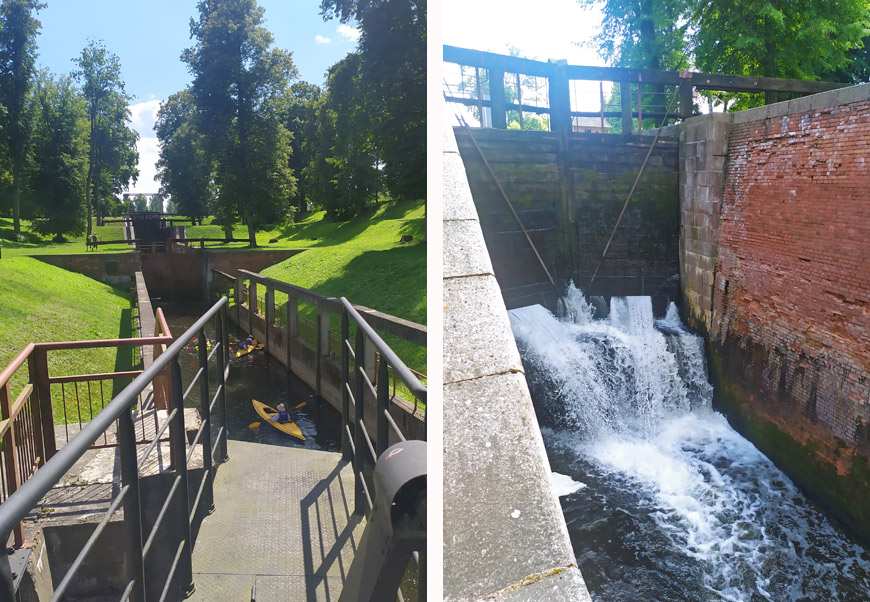
The scale of the construction is impressive. Kayakers preparing to pass the lock look even more impressive. You can't help thinking: perhaps it is worth a try. Well, maybe next time.
On Nemnovo you can also take a stroll, visit the museum of the history of the Augustow Canal, enjoy the nature of the Neman region. This place will surely leave unforgettable impressions on you and will undoubtedly make you want to come back here again.
Museum in Zarechanka
The last stop on our route is the village of Zarechanka. You can get the phone number of the guide in the museum in Sopotskin.
The museum collection has more than 100 towels. There are festive, baptismal, maternity, household, and wedding towels. One of the main treasures of the museum is its personnel. One can envy their attitude to visitors, their desire to convey the charm of the original culture of their native land, to tell about the traditions and life of our ancestors, to preserve the history of Belarus.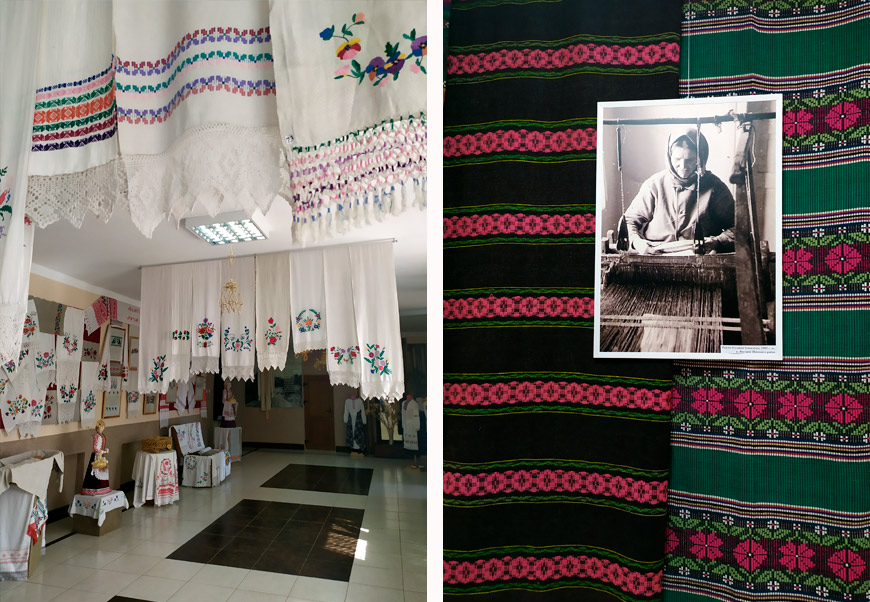
A separate exposition tells about Belarusian carpets, or covers, bedspreads in the modern way. There are exhibits made in the technique of double weaving - with a pattern on both sides of the cloth. There are very few artisans left in the country who know the technique, and the double weaving itself is included in the list of the intangible cultural heritage of Belarus. By the way, did you know that a carpet used to be a sign of wealth? The whole family used to take pictures against its background.
There is also an exposition displaying flax processing equipment and reflecting the labor of farmers - from cultivating the land to baking bread. One more exposition displays military uniforms of the Soviet army, navy and aviation, uniforms of various departments and organizations of the USSR. A separate exposition shows the life of Belarusian partisans.
Rest assured that everywhere you will be warmly welcomed everywhere. You will be told and shown every detail that will surely encourage you to study the history of your native land.
Text and photos by Ksenia Dmitrieva




